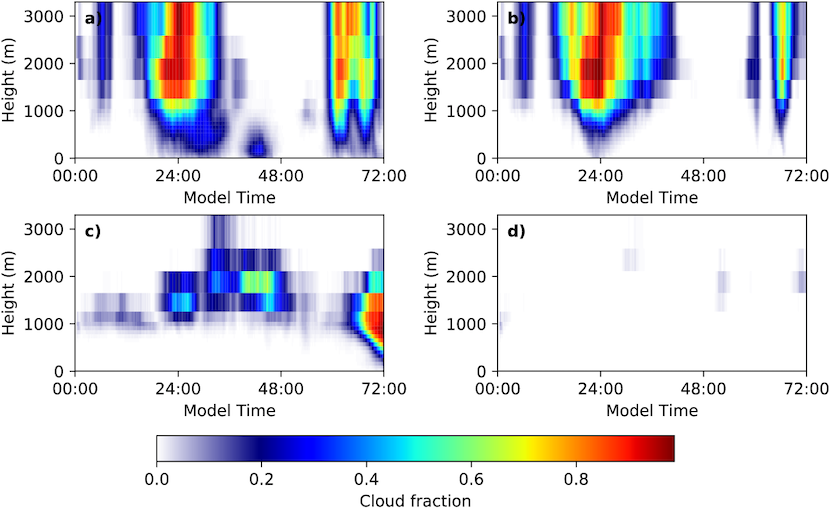Monday June 14 CSL Meeting
Jun 13, 2021 - CSL

Daniel Vecellio
Practice Dissertation Defense: The Impact of Frozen Ground Degradation on Surface-Atmosphere Interactions
Presenter: Daniel Vecellio
Time: Monday, 14 June 2021, 2:00 p.m.
Location: Zoom
Abstract: Climate change is having a significant impact on the Arctic and will continue to do so in the future. Much of the previous literature has focused on heat and moisture exchange associated with diminished sea ice and increased amounts of open Arctic waters, but overlooked the impact of land areas. Permafrost regions of Eurasia have experienced an increase in active layer thickness over the past century due to this warming climate, according to previous studies. As a result, these soils have been able to absorb and retain more heat during the warm season, leading to a delayed freeze-up and a seasonally redistributed surface energy budget. This has also led to changes in surface hydrology in the region. These factors can play a role in energy transfer into the boundary layer and, on extended time scales, synoptic circulation patterns. However, most previous research on permafrost's impact on climate change has been centered on biogeochemical cycles and carbon feedbacks. A geophysical narrative is important to fully describe the role of frozen ground on the climate, but it can be difficult to separate the influence on atmospheric variables only due to permafrost degradation. In this dissertation, an idealized modeling study was completed to quantify the differences across scales given different permafrost conditions as well as synoptic setups. Moister active layers in continuous permafrost led to decreased surface air temperatures but increased atmospheric instability on short time scales. With confirmation that permafrost degradation does impact land-atmosphere interactions, analysis of a large ensemble of the Community Earth System Model and use of the dynamical adjustment methodology indicated that permafrost influences on the evolution of surface air temperatures were restricted to the autumn as dynamics and internal variability dominated in the spring. Autumn surface-based influence was due to a shift in the partitioning of turbulent surface fluxes in the summer and autumn over the 21st century and subsequent hydrothermal responses at the surface and sub-surface in continuous and discontinuous permafrost, including increased spring snow, soil moisture, and convective precipitation. This novel dissertation shows that permafrost degradation has geophysical implications in climate change which must be considered.
 Time-height plots of horizontally averaged cloud fraction over d04 for a) active continuous, b) active discontinuous, c) quiescent continuous, and d) quiescent discontinuous experiments.
Time-height plots of horizontally averaged cloud fraction over d04 for a) active continuous, b) active discontinuous, c) quiescent continuous, and d) quiescent discontinuous experiments.